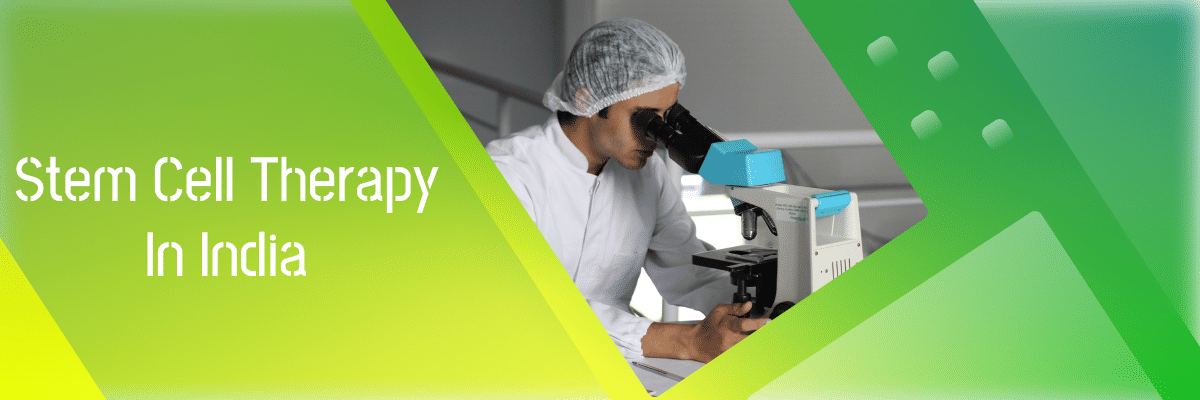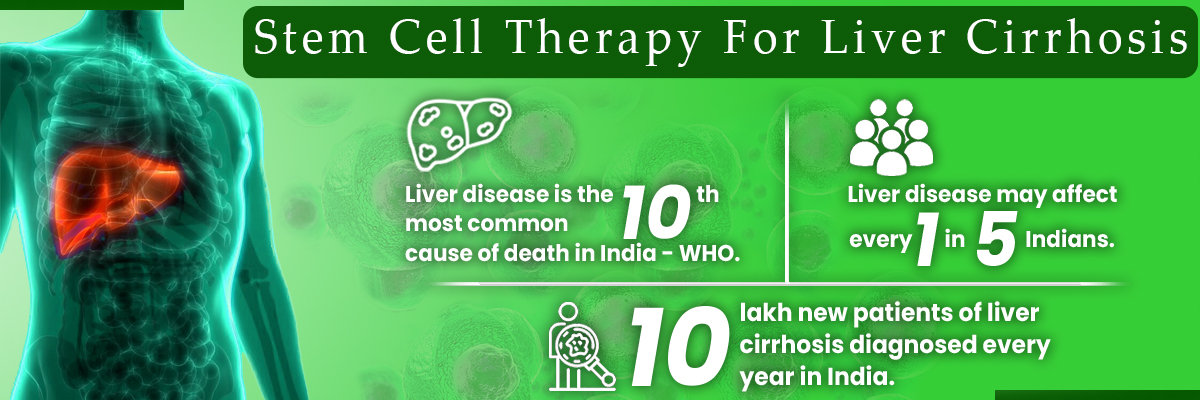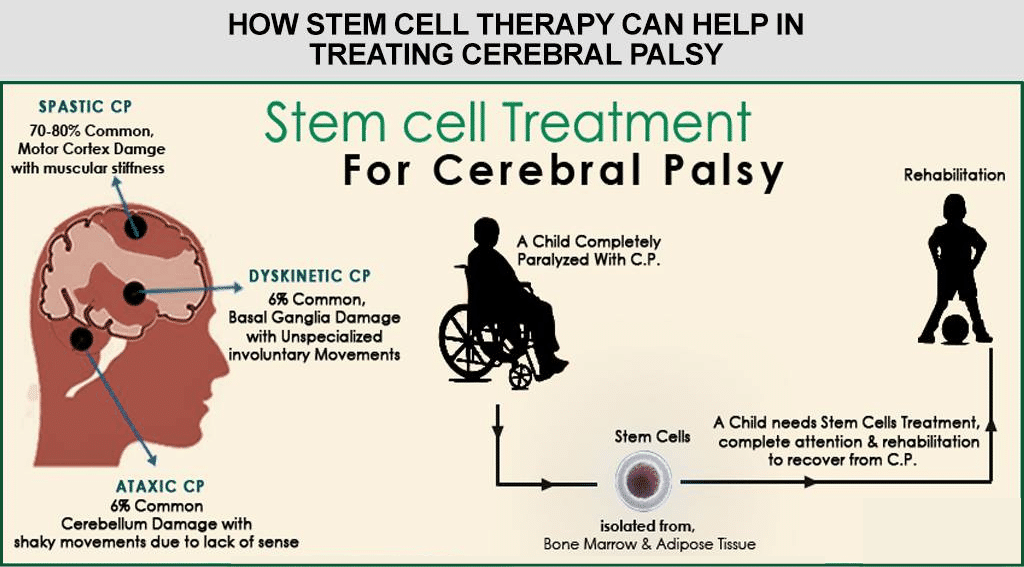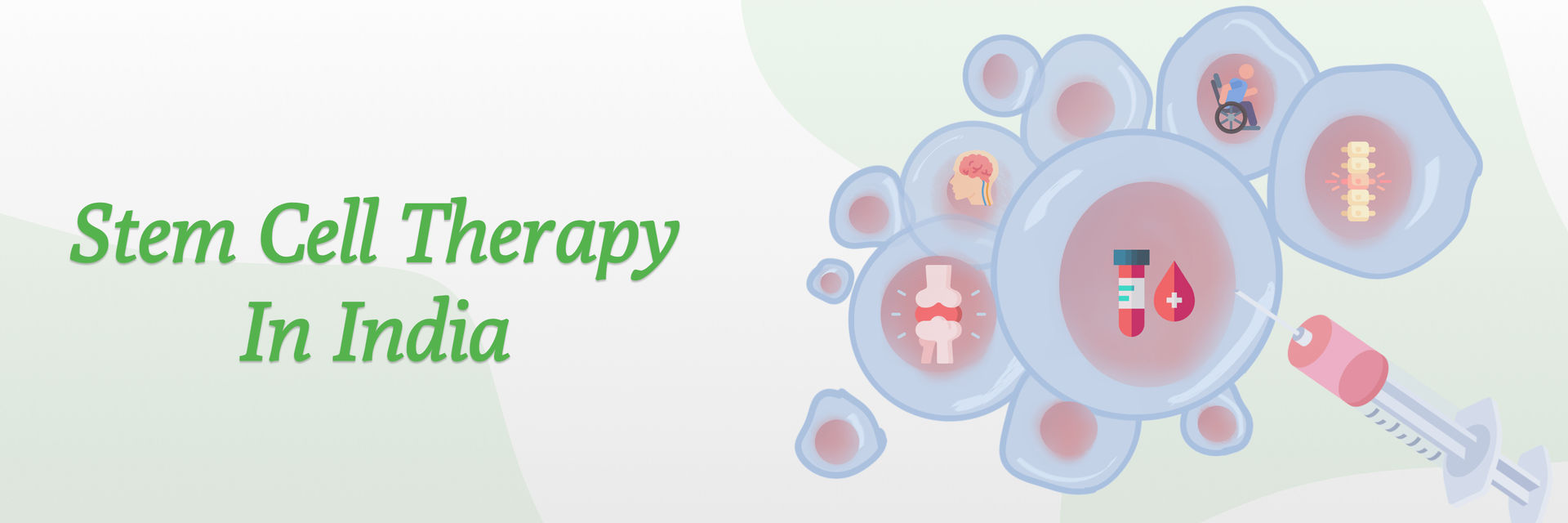Overview:
Stem cell therapy is changing the face of modern medicine, and its impact is being felt strongly in eye care. As more individuals seek advanced, effective solutions for vision problems, stem cell eye treatment is emerging as one of the most promising approaches to restoring sight.
Stem cell eye therapy involves the use of regenerative cells—either autologous (from the patient's own body) or allogeneic (from a donor)—to repair and regenerate damaged ocular tissue. These therapies show promise in treating a wide range of conditions, from corneal issues to retinal damage, and even rare optic nerve disorders.
Common Conditions Treated:
- Age-related macular degeneration (AMD)
- Diabetic retinopathy
- Corneal scarring
- Astigmatism
Take the First Step to Clearer Vision - Schedule a Consultation with expert ophthalmologists and discover if stem cell therapy is right for you.

How Stem Cell Eye Treatment is Performed
Stem cells are processed and injected into the affected area of the eye. These cells then adapt into the needed cell types, such as retinal pigment epithelium (RPE) or corneal cells, promoting tissue regeneration. This non-invasive or minimally invasive method reduces dependency on surgeries and long-term medications.
Key Points:
- Diagnosis & Evaluation – Conducted at a trusted eye hospital.
- Stem Cell Source Selection – Choosing between autologous or allogeneic stem cells
- Cell Culturing – Preparing the cells in lab-controlled conditions
- Administration – Injected into the eye via intravitreal or subretinal methods
- Follow-up Care – Monitoring for healing and visual improvement
Discover leading stem cell therapy Doctors in Mumbai — start your journey towards better vision today."
Benefits of Stem Cell Therapy for Eyes
Stem cell therapy offers a groundbreaking approach to treating various eye conditions by repairing and regenerating damaged tissues. It harnesses the body’s natural healing abilities, potentially restores vision, and provides hope for patients with degenerative or treatment-resistant eye diseases
Here are the listed benefits:
- Harnesses the body’s natural healing process
- Potential to restore vision naturally
- Stem Cell Treatment for Dry Eyes: Suitable for patients who have not responded to conventional treatments
- May reduce the need for long-term medication or invasive procedures
- Can help prevent further deterioration of vision
- Offers hope for irreversible or degenerative eye conditions

Risks and Challenges of Stem Cell Eye Treatment
Age-Related Macular Degeneration (AMD) is a major cause of vision impairment, particularly among older adults. While stem cell therapy presents a potential breakthrough for AMD and other conditions, it also comes with risks and challenges: While stem cell therapy is promising, it is not without risks and challenges:
- Immune Rejection – Stem cell transplants, especially those from embryonic or donor sources, may be recognized as foreign by the immune system, leading to rejection or the need for immunosuppressive therapy.
- Tumor Formation – Pluripotent stem cells (ESCs and iPSCs) have the potential to form tumors (teratomas) if they do not differentiate properly before transplantation. Careful control of cell development is crucial to minimize this risk.
- Ethical and Regulatory Concerns – The use of embryonic stem cells raises ethical questions, while regulatory approval processes for new therapies can be lengthy and complex, delaying clinical applications.
- Delivery and Integration Challenges – Successfully delivering stem cells to the eye and ensuring they integrate and function properly within existing tissue is a major technical challenge. Incorrect placement or failure to integrate could limit therapeutic benefits.
Cost of Stem Cell Eye Treatment in India
Stem cell eye treatment is becoming a revolutionary advancement in the field of ophthalmology, offering hope for patients suffering from retinal damage, corneal diseases, astigmatism, and degenerative disorders of the retinal pigment epithelium. In India, this advanced eye treatment is available in select specialized centers and can vary in price depending on multiple factors.
Average Cost Range
The cost of stem cell eye treatment in India typically ranges between: ₹1,50,000 to ₹4,00,000 per eye
This includes:
- Medical consultation
- Diagnostic imaging and tests
- Stem cell harvesting (especially autologous)
- Lab processing and transplantation
Post-procedure follow-up
Factors Influencing the Cost
- Type of Stem Cells Used
Autologous (from the patient’s own body): Typically more affordable and lower risk of rejection
Allogeneic (donor stem cells): May be more expensive due to processing and storage requirements - Targeted Eye Condition
Corneal damage, dry eyes, and retinal disorders like retinitis pigmentosa or macular degeneration may involve different techniques, affecting pricing. - Clinic or Hospital Reputation
Established eye hospitals or institutions conducting clinical trials may charge more but offer greater expertise and advanced technology.
Learn more about the availability, cost, and providers of stem cell eye treatments in India by visiting ClinicSpots.
Frequently Asked Questions:
1. Is stem cell eye treatment available in India?
Yes, it's offered at top ophthalmology centers and eye hospitals in cities like Delhi and Mumbai.
2. What conditions can stem cell therapy treat?
It helps with retinal damage, retinal pigment epithelium issues, corneal injuries, dry eyes, and astigmatism.
3. What is the cost of stem cell eye treatment in India?
Costs range from ₹1.5 to ₹4 lakh per eye, depending on the use of autologous or allogeneic stem cells and the clinic.
4. Are there any risks?
Risks are minimal, especially with autologous cells. Some patients may experience mild inflammation or limited results.
Conclusion:
Stem cell eye treatment provides new hope for conditions such as retinal damage, corneal disease, and astigmatism. By tapping into the body’s natural healing ability, it helps restore vision and minimize the need for ongoing medication. If you're looking for advanced eye care, visiting a reliable eye hospital could be the first step toward better, clearer vision.






